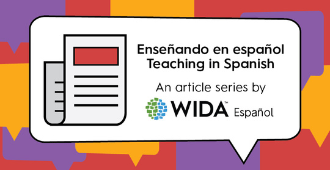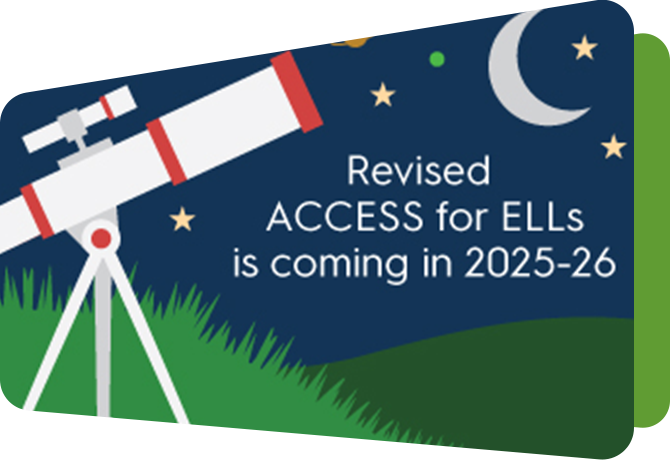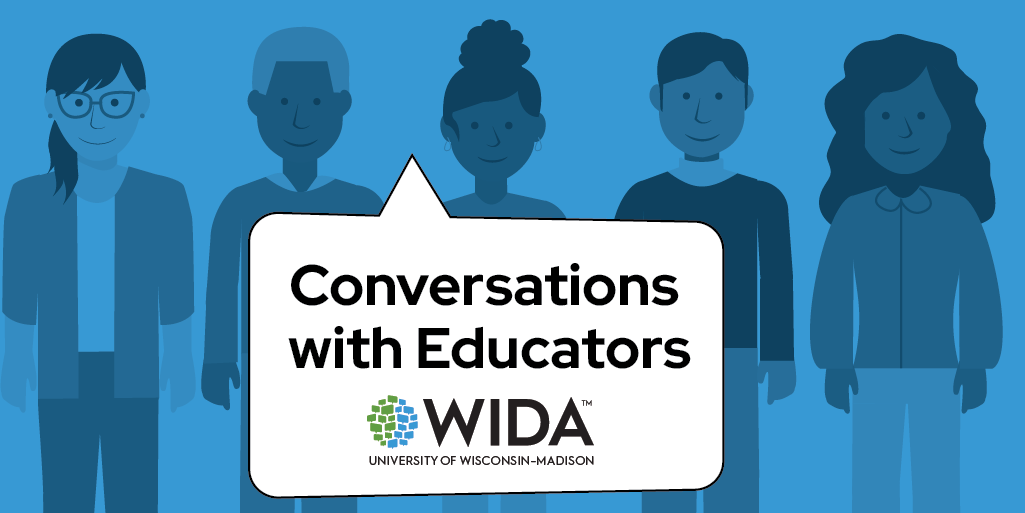It takes more than a village: Challenging the status quo and establishing inclusive family engagement practices

When my daughter entered PreK in 2016 at our neighborhood dual language immersion school, I was eager to take on the new role as a parent to a school-aged child. As a former teacher, and second-generation immigrant, I thought I knew what it might take to be an “involved parent” in this bilingual and bicultural school community. And, to show my commitment to my new community, I said “Yes!” to every volunteer opportunity offered: bake sales, read alouds and even pencil-sharpening. Whatever I could do to make a teacher’s day just a bit easier, I would do — ¡y con las pilas puestas!
Although there was a sincere desire by the school to be inclusive, I soon recognized that the same group of parents (usually female, white, and English dominant) filled the parent-teacher organization officer roles and took the lead in community events. The same group of parents made decisions on how the school community was celebrated and communicated educational and financial recommendations to school and district leadership. Many of my Spanish-only speaking peers, and other minoritized groups, were not present. But, why? Was it a language barrier? Or a cultural disconnect? Or something else? Most likely, it was a combination of all the above and more.
Most schools have flyers and emails translated to Spanish and sent to parents, but this approach offers limited opportunities for rich dialogue with them. Although childcare is often offered, PTO meetings are hosted at schools during evening mealtimes. Ultimately, a school’s attempts to include parents and families fall short since there are no opportunities to move beyond the status quo of a top-down system and co-construct opportunities for engagement.
My personal experiences confirmed what research has indicated for quite some time: normative practices of school involvement are driven by what the school defines as “participation,” typically through volunteering at or attending school functions, participating in parent-teacher organizations and attending parent-teacher conferences (Berkowitz et al., 2021). As such, highly visible participation is the valued norm. But what about the unseen forms of involvement that families engage in with their child’s language development and academic success? These forms take the shape of anything from special blessings murmured out the door in the morning and stories told about ancestors at dinner, to reading books in a home language at bedtime. All parents and families care about their child’s education and their involvement is as unique and beautiful as they are.
The problem is that involvement is often defined too narrowly and parents and families do not feel they can authentically engage in the school community according to their cultural practices, nor do they feel that they have a voice in how schools are run (Lowernhaupt, 2012). Due to this narrow definition and expectation of what engagement looks like, educators miss an opportunity to support families’ rights to engage meaningfully with them about their child’s academic language development and its relationship to academic achievement.
So, what can schools do to move toward honoring authentic family engagement? How can a school move beyond parent involvement into family engagement and co-construct a community that promotes a sense of belonging for all? An important first step is to seek meaningful feedback from families who are not highly visible, while critically self-reflecting on current engagement practices by questioning which families normally show up. Then, schools can review and adjust their family engagement practices by allowing all families to advocate, build trust and communicate meaningfully to build a village where everyone belongs.
To further this conversation, here are some WIDA family engagement resources we have developed over the years to get you started in evaluating family engagement practices at your school:
- ABCs of Family Engagement is a guide that presents six key considerations for strengthening family engagement practices and building relationships. Complete with guiding questions to illicit deep reflection and discussion with colleagues.
- Focus Bulletin: Language-Focused Family Engagement introduces readers to the four pillars of Language-Focused Family Engagement and provides tools to help educators examine their local practices.
- WIDA Snapshot: Multilingual Children and their Families offers ideas that early care and education professionals can use to partner with families for the purpose of promoting multilingual children's language development.
- Family Connections through Home Languages provides educators with information on how home languages play an important role in maintaining communication and relationships with family (available in Arabic, Dari, English, Korean, Pashto, Simplified Chinese and Spanish).
- The WIDA Family Engagement webpage lists a variety of resources to strengthen connections with families.
This academic year, I encourage schools to think beyond the bake sales and translated flyers and for all to reject deficit-based views of students and parents and take time to honor their unseen wisdom. Because it is only when we challenge the status quo and co-design school communities that we meaningfully represent all our students and create an environment where the whole village can thrive.
Research referenced:
Berkowitz, R., Astor, R. A., Pineda, D., DePedro, K. T., Weiss, E. L., & Benbenishty, R. (2021). Parental involvement and perceptions of school climate in California. Urban Education, 56(3), 393–423. https://doi.org/10.1177/0042085916685764
Lowenhaupt, R. (2012). School access and participation: Family engagement practices in the new Latino diaspora. Education and Urban Society, 46(5), 522–547. https://doi.org/10.1177%2F0013124512468003
About the series: Enseñando en español
This article is part of a series by WIDA Español titled Enseñando en español. The series presents ideas, practices and tools for educators of bi/multilingual students providing Spanish instruction.
About the author
Katie Rozas is a communications and marketing specialist and supports the WIDA Español team at WIDA. Part of her role is getting the word out about WIDA Español products and services and developing resources to support educators serving bi/multilingual learners. Katie is a former Spanish and ESL teacher, and the parent of two precocious emergent bilinguals.





